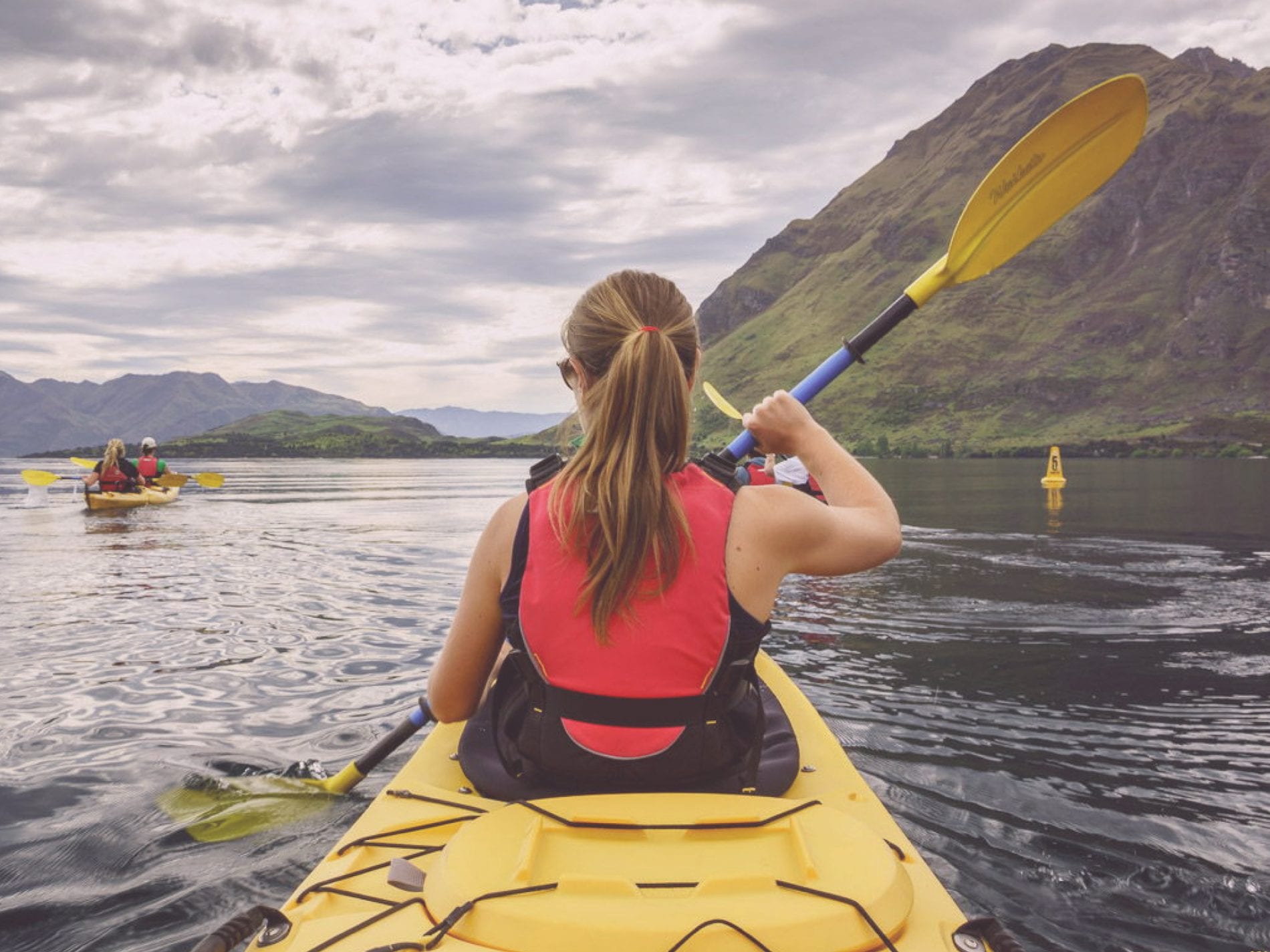Of all places you’ve been to, which ones do you feel you’ve actually taken the time to explore fully? Slow travel is not about moving from one point to another but immersing yourself in another culture. It is a way of travelling, characterized not by the number of places visited, but by the opportunity to consciously stay in one place, understand how life is arranged there, and do as the locals do – try on their ordinary days and explore their habits.
Slow travel is a practical expression of the famous saying that the main point of travelling is not the destination but the process of travel itself. Just like this, a week spent in Provence instead of visiting ten French cities in seven days will give you a better understanding of the French recipe for a good life.
Below, you will find a concise guide to help you start slow travelling, check it out – and embrace mindful holidays!
Stick to your routine
You definitely cannot imagine slow travel without renting out a room from a local resident or using services like Couchsurfing rather than booking a hotel room. This will allow you to get familiar with some aspects of the everyday living of locals – even such simple ones as buying groceries or commuting.
You can just like them, stick to your usual routine, but adjust it a bit to the new surroundings – go for a run in the morning, buy your morning coffee in the same coffee shop, greet the owner, and choose fruits and veggies at a small shop on the street corner. Explore the surrounding area on foot or by bike, find local courses to maintain your hobbies, observe the city or the changing natural landscape, and try to understand its character and rhythm of life.
Moreover, slow travel mode makes travelling more convenient and accessible for people who had to give up travelling due to an inability to traverse long distances in short periods of time. For example, allocating more time to spend in a new place allows older adults to travel with more comfort. On the other hand, when they go back to their homes after a successful trip, getting help from companionship carers from services like HomeTouch can provide them with more safety while enabling them to continue pursuing their hobbies and interests.
Prioritize experiences
Travelling slowly doesn’t imply staying in one place only – you can continue to discover new cities and countries doing all the usual touristy things but more thoughtfully and consciously – putting experiences first. For example, instead of climbing a mountain in a day, you can opt for a several-day hike to enjoy stunning views and socialize with locals.
Furthermore, today you can find many experiences from around the world that encourage slow travel – from spending a month on an eco-farm in Basque Country to learning about harvesting olives in Tuscany to trying yourself in winemaking in Bordeaux.
The main point here is not to try and fit a maximum of tourist points in a short period of time, but to live every single one of them to the fullest.
Read books by local authors instead of travel guides
Slow travel is all about putting “must-visit” lists aside and discovering offbeat places and hidden jams without chasing as many tourist attractions as possible. First of all, some destinations on your bucket list surely have unavoidable sights, such as Coliseo in Rome, and the truth is, you cannot escape seeing them – and you shouldn’t. The point is to try and perceive them as locals do in their everyday lives – it will allow you to get a fresh perspective on a city in general. So, when in Rome, do as the Romans do.
Secondly – let’s be honest – most guidebooks are pretty dull, sometimes outdated, and tend to create higher expectations in some cases. So, instead of following tourist guides, it would be more interesting to dive into fictional stories inspired by the country or, even better – particular places you’re going to visit.
This approach will allow you to understand the local culture and lifestyles better as well as immerse yourself in the atmosphere of the destination. For example, books inspired by Greek mythology, with their popularity sky-high, will become excellent companions on your journey to Greece.
Moreover, reading books inspired by particular locations will provide you with more exciting spots to visit and get to know the authors better. For example, you indeed can go on a Hemingway walking tour in Paris, but only reading his works will make you understand why these places were significant for him – just like for many other authors and artists of the Lost Generation.
So what is slow travel?
The concept of slow travel isn’t new but has received more attention in recent years, which is completely fair. Apart from allowing you to travel with more comfort and convenience, slow travel ultimately brings you more joy, satisfaction, balance, and a sense of meaningfulness into your trip.
And while slow travel requires more financial resources and time, it also gives you an opportunity to maintain your everyday life, especially in the era of remote working, making it a perfect option for digital nomads and freelancers. However, even if your job position is location-dependent, going on one slow but mindful holiday a year can turn out to be a much more valuable experience than travelling five countries in two weeks.
So, the only thing worth hurrying up with when it comes to slow travel is planning your next adventure.



